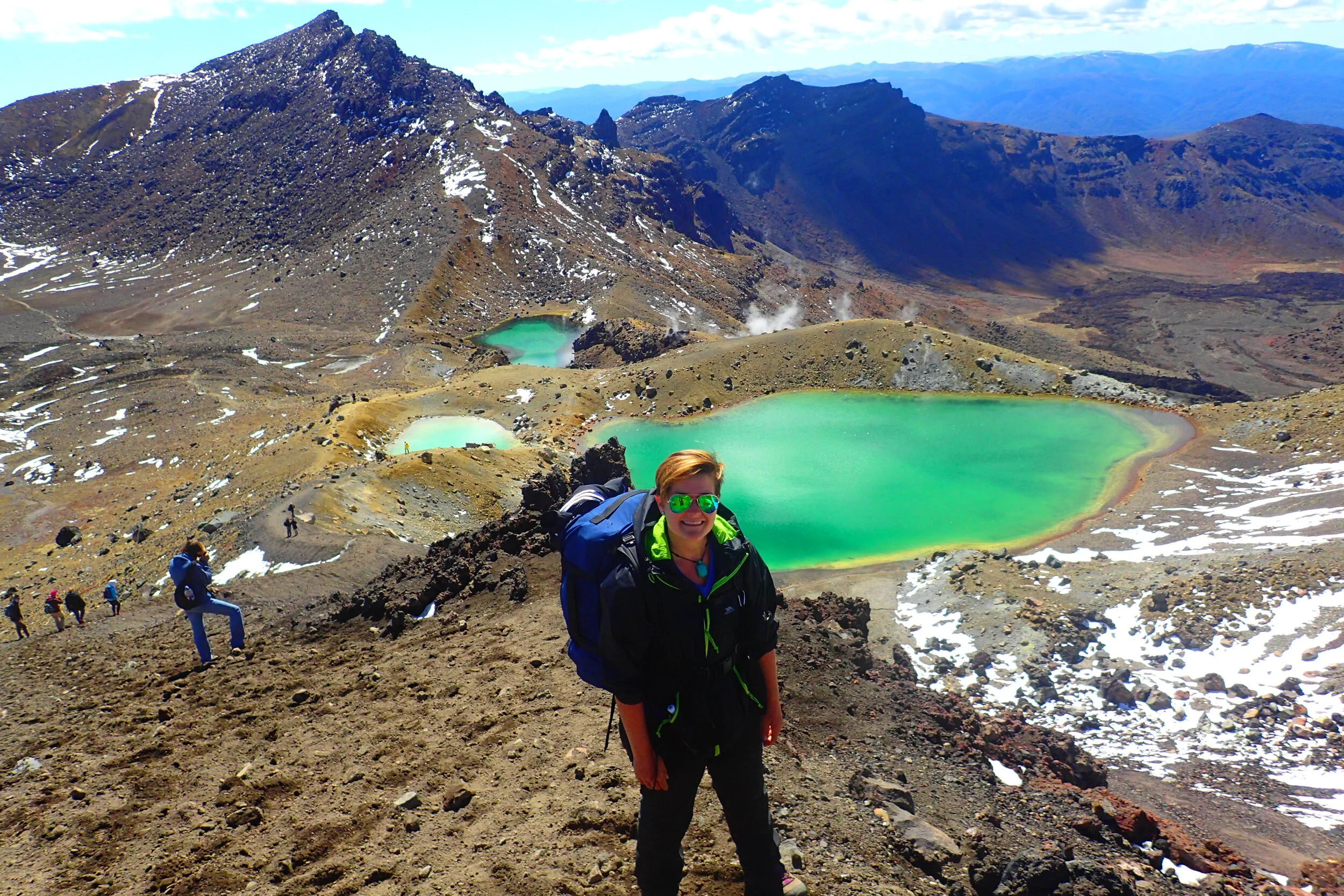I ate and drank so many new foods in Germany, I already had to start describing some of it in previous posts, like the weisswurst mit brezn I had at Oktoberfest or the flammkuchen I had at the Rhein in Flammen. But there was so much more!
As a foodie on the road, I always want to try the foods unique to the place I am visiting. While German food is incredibly hearty and tasty, I’ve learned there is such a thing as too much of a good thing! I am fairly well known among friends and family for eating very healthy (when I’m at home). For breakfast, I typically eat a very light meal of yogurt and granola or cereal. On weekends I have egg and a small slice of toast. Germans, on the other hand, go wild with bread!
When I realized my trip to Germany was perfectly timed with the annual Oktoberfest, I knew I had to go. As a New Yorker, and specifically a former resident of Astoria known for its Bavarian beer gardens, I was already well aware of what Oktoberfest is all about: drinking beer. But my visit to Oktoberfest in Munich, the birthplace of the event, proved I was only partially correct. Although copious amounts of beer are consumed, Oktoberfest involves so much more than just the beer!
Oktoberfest, locally known as Wiesn, began over 200 years ago when Prince Ludwig (later King Ludwig I) and Princess Therese of Saxe-Hildburghausen were married. The celebration of their marriage took place on the same field as the festival in Munich today but with horse races as the main attraction. When they repeated the horse races the following year the event was dubbed Oktoberfest. Each year that followed, more shows, attractions, and carnival booths were added to the festival.
I took a while to post this time because this may very well be the most personal one I’ve written yet! The more personal, the more careful a writer I am—so that's a good thing! Although this post is personal, I do hope others will find the history described here interesting or even relevant to their own lives. People travel for all sorts of reasons. Tracing a family history is just one reason, and it only applies to why I chose Germany as one of the stops during my year of deviation. I hope this post resonates with those of you who maybe have traveled for this reason before or perhaps you are aspiring to do so one day as well!
Lots of people have grandparents in their lives for a large chunk of their childhood and sometimes even into adulthood. Some are less fortunate to ever have any in their lives at all. I was fortunate enough to have two grandparents on my father’s side, Arthur and Shirley, and my grandmother on my mother’s side, Josephine, for at least part of my childhood. They all died by the time I was 12.
While staying with family in the southeast part of Germany, I had the opportunity to visit local attractions and gain a bit of insight into Bavarian history. Aunt Wally, my grandfather’s sister who lives now in upstate New York, was responsible for contacting my family members in Germany and telling them to take me to these places around Bavaria, making these day trips extra special for me. Here are some of my favorites.
On a grey morning, my cousin Uli and I drove south toward the border of Austria. As we sped down the autobahn, the Alps grew from a faded outline to massive growths stretching blue against the horizon. We made it to Chiemsee, a huge lake with two islands. King Ludwig II’s infamous palace, the Herrenchiemsee, is located on one of these islands. The ferry boat, ironically named Josef (my grandfather’s name), took us on a short ride from the docks to the island called Herreninsel.
The name Dachau typically conjures up horrible images among foreigners. Among Deutschland natives, the name brings up feelings of shame about Germany’s past. When I told others I was going to be visiting relatives in Dachau, they usually looked at me quizzically before asking, "Oh! So you’re going to visit the concentration camp?” Yes, Dachau is the name of one of the most infamous concentration camps in Germany. Yes, I did visit the camp during my stay. But Dachau is not only a concentration camp—it’s also a town populated by over 45,000 people. Two of those people are my cousin and her partner.
The both of them are well aware of what comes to mind whenever Dachau is named. They told me Dachau residentsdrive and park their cars around Germany and the rest of Europe at their own risk. With license plates sporting the name Dachau from local dealerships, resident’s vehicles have been known to be vandalized as a result of the strong emotional response tied to the town’s name. Declaring hometown pride for Dachau must be challenging for residents. I certainly can understand the difficulty seeing the name stamped on someone’s car, like a badge of hate. At the same time, it's important to realize the name also represents a small town along the River Amper in Bavaria. This is why I’ve decided to write about the concentration camp and the town in this post.






